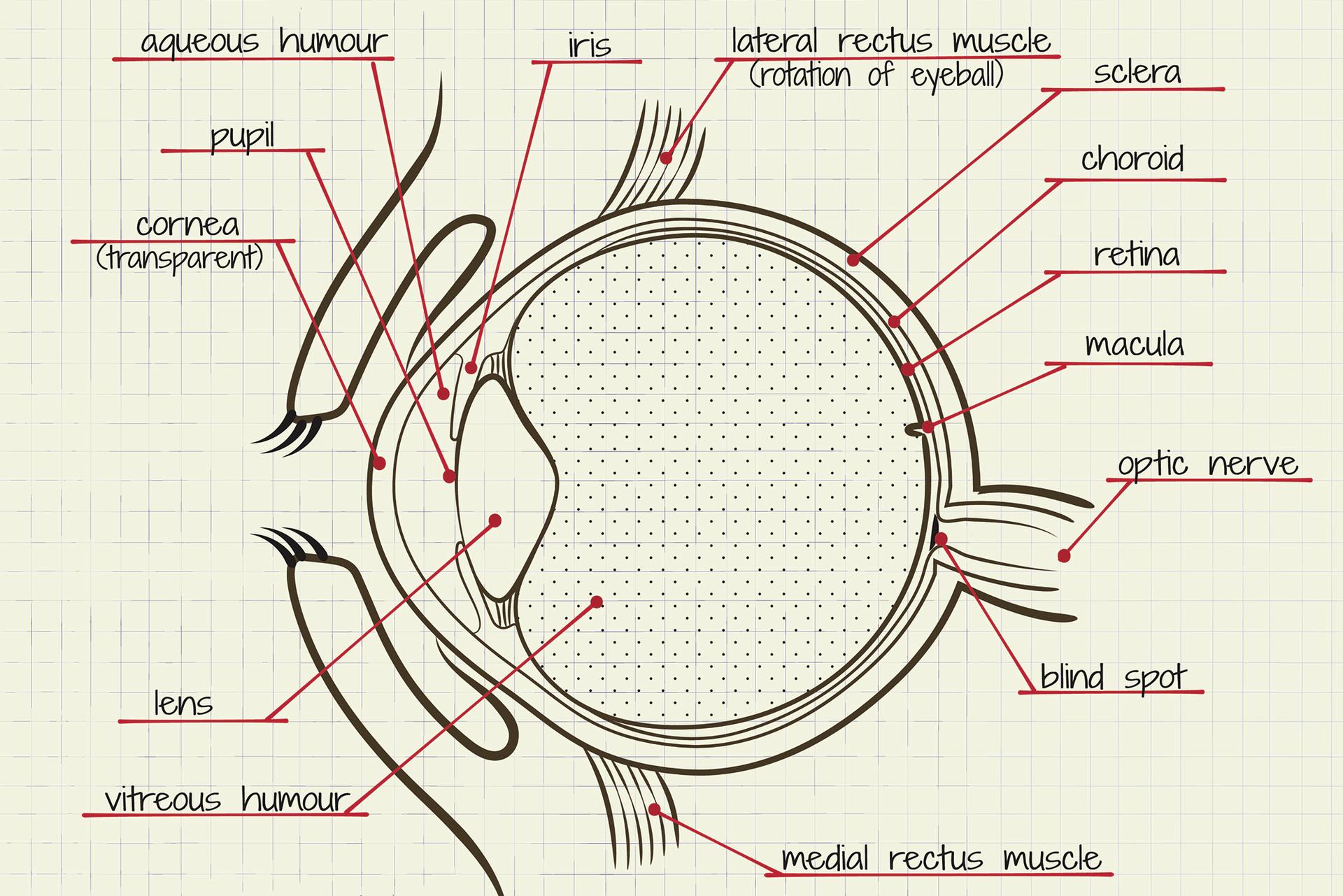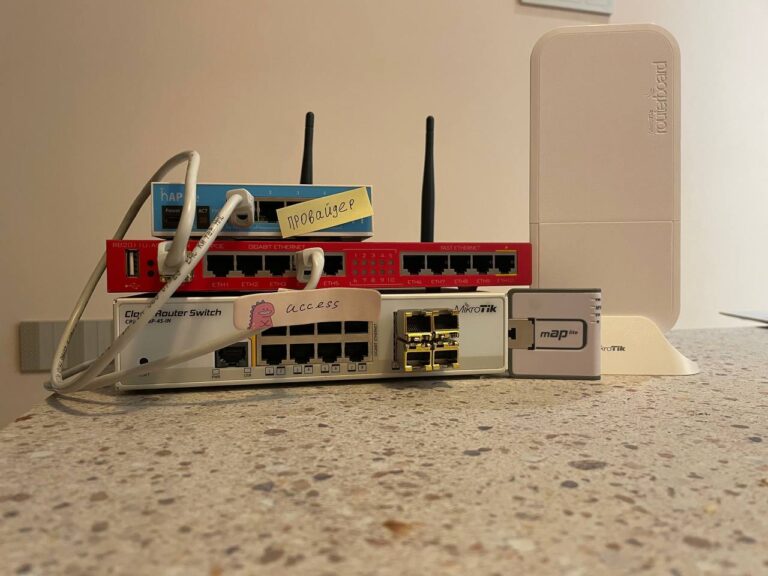Self-powered bionics are on the way
Implanting tiny solar cells into people's eyeballs may sound like science fiction, but that's exactly what a group of Australian scientists are working on. Next-generation technology can significantly improve the quality of life for people with incurable eye diseases.
Neuroprostheses interact with the nervous system, restoring lost functionality. A good example is a cochlear implant, a small electronic device surgically implanted in the inner ear that stimulates the auditory nerve to transmit sound signals directly to the brain, improving hearing.
Now researchers at the University of New South Wales (UNSW) are studying whether similar neuroprosthetic technology could restore vision in people with damaged photoreceptors – specialized cells in the retina that can absorb light and convert it into electrical signals that are then sent to the visual cortex of the brain.
Camera sensor chips offer high resolution, extreme color depth, and increasingly low-light sensitivity, but there's one key problem: they need power. It’s scary to think where you’ll have to put the battery for the matrix in the eyeball, how to change it or charge it. On the other hand, there is another technology that can convert light directly into electricity – solar photovoltaic panels.
“People with diseases such as retinitis pigmentosa (RP) and age-related macular degeneration (AMD) slowly lose their vision as the photoreceptors in the center of the eye degrade,” says Udo Römer, an engineer specializing in photovoltaics, known as solar cell technology. “It has long been thought that biomedical implants in the retina could replace damaged photoreceptors. One way to do this is to use electrodes to deliver electrical impulses that could allow people to see a small spot.”
From light comes vision (usually)
When light hits the retina at the back of the eye, photoreceptors convert it into electrical signals. These signals travel from the retina along the optic nerve to the brain, where they are converted into the image you see.

Retinitis pigmentosa is the name of a group of rare genetic eye diseases that cause the slow destruction of the photoreceptors that capture images, leading to vision loss over time. In age-related macular degeneration (AMD), the macula, the part of the retina that controls sharp, straight-line vision, is damaged, resulting in loss of vision in the central visual field. There is currently no cure for PBD or AMD.
A chance meeting: combining photovoltaics and biomedicine
The reason for starting the research was a chance meeting between Roemer and a biomedical student.
“I was helping a graduate student from our biomedical school with data processing, and we had some interesting discussions about the various studies that were being done in their group,” Roemer told New Atlas. “I [очень] enjoy working on solar panels, but a lot of what they do is very interesting and sounds quite futuristic. His PhD project was on solar cells for neurostimulation, and he showed me a paper by Palanker's group at Stanford on retinal implantation using silicon solar cells – probably one of the most fascinating papers I've read because it sounds like Science fiction”.
At first, Roemer was not attracted by the existing research on the use of photovoltaic cells to restore vision, so he put the idea aside.
“But it was something that stuck with me because it was amazing,” Roemer explains. “A few months later, when I was discussing a research project with my supervisor, we started talking about multijunction solar cells, which are several different solar cells stacked on top of each other to better utilize the entire solar spectrum. At that moment, it dawned on me and I thought : “Maybe this arrangement of solar cells will solve one of the problems with the device that Palanker’s group is working on?”
Stacking solar cells and changing materials
According to Roemer, Palanker's group's problems could be solved by stacking solar cells and changing the semiconductor material used in the device.
“They needed to connect three tiny silicon solar cells in each of the pixels to increase the voltage to a value high enough to reliably stimulate the neurons,” the engineer told New Atlas. “In order to stimulate neurons, you need a higher voltage than what you get from one solar cell. If you think of photoreceptors as pixels, then we actually need three solar cells to create enough voltage to send to the brain.” elements in a stack will do the same thing [как и их соединение], but will potentially reduce the pixel size and therefore increase the resolution. While we can't easily stack silicon solar cells, it can be done using materials like gallium arsenide.”
Silicon remains the most common semiconductor used in solar cell production. Other materials such as gallium arsenide (GaAs) and indium gallium phosphide (GaInP) are also used. Although these materials are not as cheap as silicon, their advantage is that their properties are easier to tune.
After “quite a bit of research and some calculations,” Roemer applied for the Discovery Early Career Researcher Award (DECRA) to the Australian Research Council and secured funding for the project. After this, work began to improve the technology.
“Tests of this technology have already been carried out,” says Römer. “But the problem is that this requires inserting wires into the eye, which is a complicated procedure.”
An alternative idea is to use a tiny solar cell attached to the eyeball. Such a panel will naturally be self-contained and portable, eliminating the need to run wires into the eye.
Proof of concept with huge potential
The technology is currently at the proof-of-concept stage. The next step is turning tiny solar cells into the tiny pixels needed for precise vision.
“So far, we have successfully placed two solar cells on top of each other in the laboratory over a large area – about 1 cm2 — and got good results,” says Römer. He expects that after extensive laboratory and animal testing, the device will have a surface area of about 2 mm2 with pixels measuring about 50 micrometers. By then it should be ready for human trials, but that is still a long way off.

Roemer notes that the device only works when a laser is shined on it, and patients will only see in black-and-white images with a fairly low resolution.
“It should be noted that even taking into account the efficiency of folded solar cells, sunlight may not be strong enough to operate these solar cells implanted in the retina,” says Roemer. People may need to wear some kind of smart glasses that work in tandem with solar panels that can amplify the solar signal to the required intensity to reliably stimulate neurons in the eye.”
He also assures that the device cannot be used for unseemly purposes.
“It's really 'just' a medical device that can help patients with certain diseases maintain their vision,” Roemer told New Atlas. “We are a long way from creating cyborgs.”





